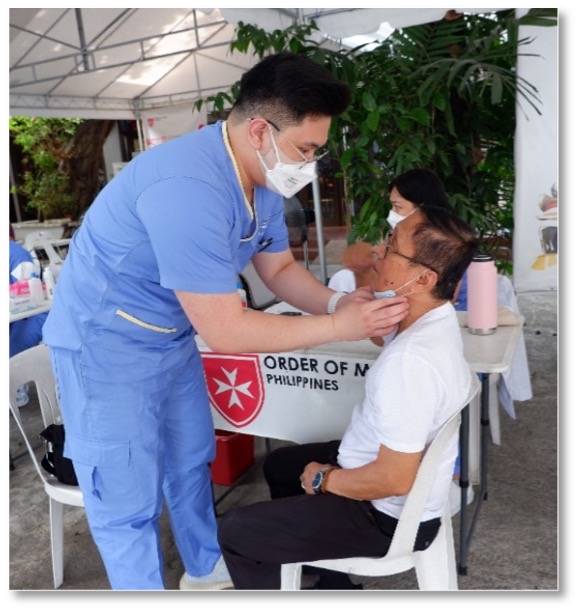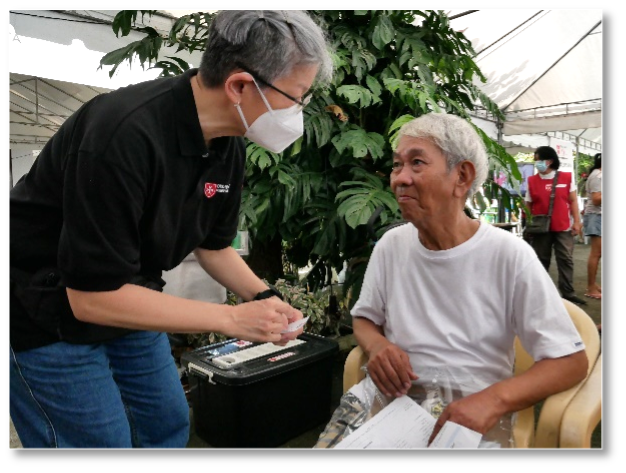Humanity’s Triumph: Eradicating Leprosy in the Philippines
How the Philippines and the Knights of Malta Helped the World Cure Leprosy
“Hundreds of thousands of lepers still exist throughout the world as social pariahs, thrust out of society because they have, through no fault of their own, contracted a repulsive disease.”
“An American Doctor’s Odyssey”
Dr. Victor G. Heiser
“The Land of the Living Dead” — that’s what the leper colony of Culion was once called.
Some perceived the exile of lepers from Manila to Culion in the Calamian Islands to be a cruel act. The American Occupation of the Philippines in 1898 led the colonizers to build a leper colony, segregating the sick from the healthy population of Manila, as if to say, “The sick reside here, locked away, lest they burden the rest of humanity with their disease.” There had been no cure then; the only option was for the disease to “die out.”

What goes beyond leprosy’s physical deformation is accompanied by mental anguish — to be afflicted literally with loneliness. Hansen’s Disease, as it is referred to medically, was not only thought to be incurable, but also was undetectable at first glance, leading to the spread of the disease among the
unsuspecting. In Europe, the slave trade helped the disease to spread, unbeknown to Roman soldiers who brought home slaves stricken with leprosy.
In 1521, when Knight of St. John of Jerusalem Antonio Pigafetta had sailed with Ferdinand Magellan on the Europeans’ very first expedition to the Philippines, he had noted in his journal an island called “Pulaoan,” calling it “the land of promise.” Magellan’s fleet sailed by the Calamian Islands where Pigafetta’s keen observation (and eventual communication with natives), led him to acquire from them the islands’ names: “Big Calamian” for what is now known as Busuanga, and “Little Calamian” for the present Culion. Today, Calamian is a small island cluster in the Palawan province, boasting many white sand beaches, coastal landscapes, and vermillion jungles.

Situated between Christianized Luzon and predominantly Moslem Mindanao, in earlier days the Palawan Islands were caught in tensions between the cross and the crescent. In 1622, Recollect missionaries settled in Palawan, where they built their first church ongoing conflict. From there, they built churches from island to island, including one in Culion. Christened there in 1638 was the Church of the Immaculate Conception, which still stands today after much building, rebuilding, and refurbishing through the ages.
Culion’s history book describes how The friars withdrew from the Calamianes in 1659 after they became targets of killings and abductions. When they returned in the late 1670s, they rebuilt their churches surrounded by fortresses. The Recollect friar Juan de San Severo became noted for building these church-fortresses using native labor. The masons and stone-cutters, probably Chinese, were imported from Manila. The island and the fortress’s barriers served as a refuge against Moslem invaders and slave traders, and the stronghold was refurbished and reinforced by Augustinian friars as a bastion of defense against naval threats. All the stone forts built by the Recollects in northern Palawan have a similar square-shaped layout.


Sovereign Military Hospitaller Order of St John of Jerusalem of Rhodes and of Malta
1120 R. Hidalgo Street, Manila, Philippines Tel. +287080860 | orderofmaltaphilippines@gmail.com